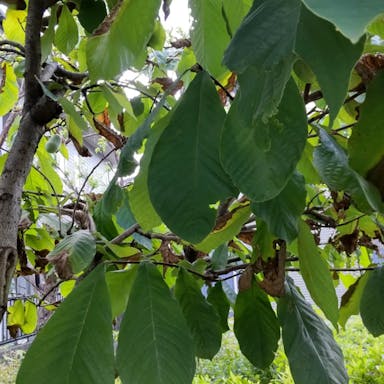Jandi, also known as Prosopis cineraria, is a drought-resistant tree native to arid regions. It belongs to the family and is characterized by its foliage and branches. The tree typically grows to 9 meters in height, with a that spreads wide shade. produce small, flowers that bloom in clusters, a touch of to its surroundings. The eventually give way to long, that contain seeds. These are a food source for in the region. The grayish-green leaves are and help it conserve efficiently. Due to its adaptability to harsh , is relatively easy to grow and maintain, making it a popular choice for and projects in arid regions. Its ability to thrive in low- and provide valuable resources makes it a valuable asset in combating .
0
0












